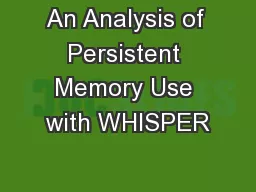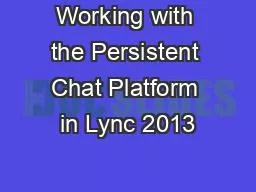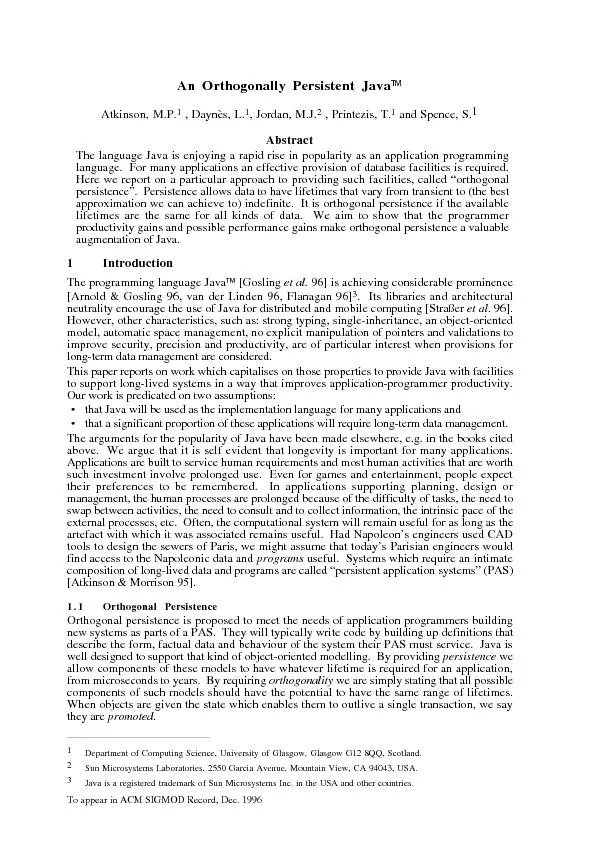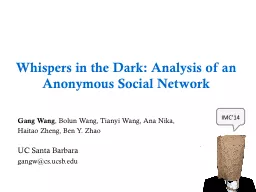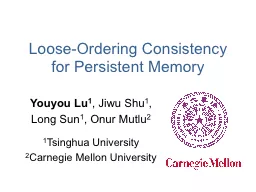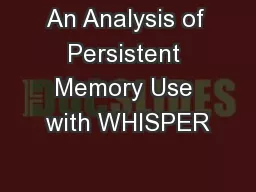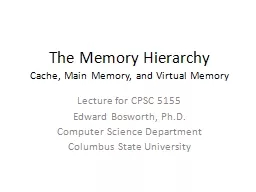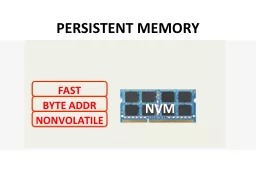PPT-An Analysis of Persistent Memory Use with WHISPER
Author : kittie-lecroy | Published Date : 2017-08-23
S anketh Nalli Swapnil Haria Michael M Swift Mark D Hill H aris Volos Kimberly Keeton University of WisconsinMadison amp HewlettPackard Labs Facilitate
Presentation Embed Code
Download Presentation
Download Presentation The PPT/PDF document "An Analysis of Persistent Memory Use wit..." is the property of its rightful owner. Permission is granted to download and print the materials on this website for personal, non-commercial use only, and to display it on your personal computer provided you do not modify the materials and that you retain all copyright notices contained in the materials. By downloading content from our website, you accept the terms of this agreement.
An Analysis of Persistent Memory Use with WHISPER: Transcript
Download Rules Of Document
"An Analysis of Persistent Memory Use with WHISPER"The content belongs to its owner. You may download and print it for personal use, without modification, and keep all copyright notices. By downloading, you agree to these terms.
Related Documents

